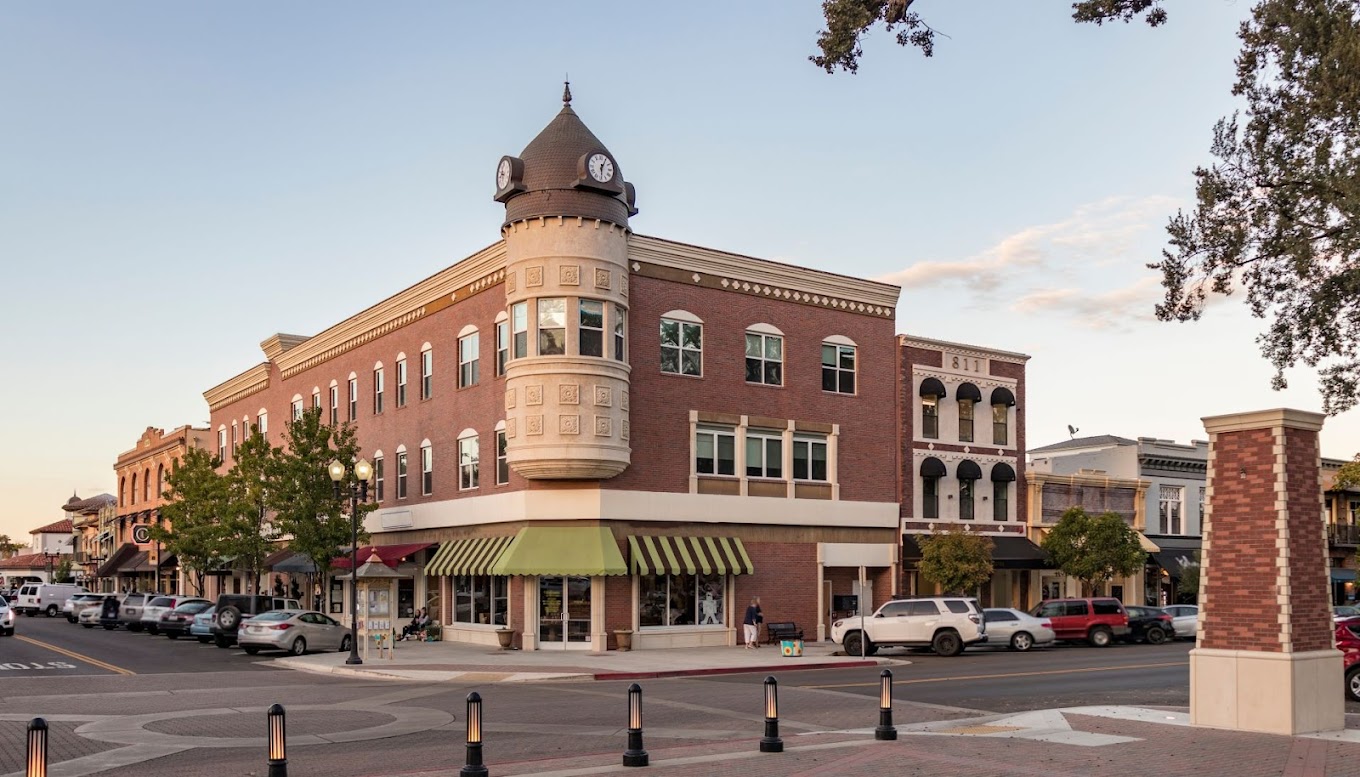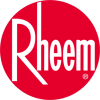Many homeowners mainly focus on their heating and cooling systems without realizing that ventilation ties everything together. Good ventilation helps distribute conditioned air evenly throughout your home, reducing the strain on your HVAC systemand lowering energy costs.
Heating and cooling account for nearly half of the energy use in typical American homes; with proper ventilation, you can reduce this energy consumption significantly. Ventilation also removes excess moisture, pollutants, and stale air from your living spaces, creating a healthier environment while helping your heating and cooling systems work more efficiently.
Basics of Ventilation in Home Heating and Cooling
Ventilation is a key component of any home’s heating and cooling system. It ensures fresh air circulation while removing stale air, pollutants, and excess moisture from indoor spaces.
Understanding Ventilation
Ventilation refers to exchanging indoor air with outdoor air to maintain good air quality. Without proper ventilation, homes can become stuffy, damp, and unhealthy. Indoor air can be up to five times more polluted than outdoor air, making ventilation crucial for our health. The “V” in HVAC stands for ventilation, as these systems incorporate ventilation alongside heating and cooling functions.
Good ventilation helps remove:
- Indoor air pollutants
- Excess moisture
- Odors
- Stale air
Homes need balanced airflow by bringing in fresh air while expelling stale air. This balance prevents negative air pressure issues that can cause problems like backdrafting, where combustion gases from appliances might be pulled back into the home.
Importance of Airflow in HVAC Systems
Proper airflow is essential for HVAC efficiency and effectiveness. When air moves correctly through the system, it maintains consistent temperatures and improves indoor air quality. Well-designed ductwork ensures that air reaches all parts of your home evenly. Restricted airflow forces HVAC systems to work harder, increasing energy usage and shortening equipment life.
Key benefits of good airflow include:
- More efficient heating and cooling
- Lower energy bills
- Extended HVAC equipment lifespan
- Better humidity control
- Improved comfort throughout the home
During heating, ventilation prevents excessive dryness and ensures fresh air replaces combustion gases. In the cooling season, good airflow helps remove humidity and distribute cooled air effectively.
Types of Ventilation
There are three main ventilation approaches used in modern homes: natural, mechanical, and mixed-mode. Natural ventilation relies on windows, doors, and building design to move air using natural forces like wind and temperature differences. It’s free to operate but less predictable and harder to control in extreme weather.
Mechanical ventilation uses fans and other powered equipment to move air, and common types include:
- Exhaust fans (bathrooms, kitchens)
- Supply ventilation systems (bring in fresh air)
- Balanced systems (both exhaust and supply)
- Heat recovery ventilators (HRVs)
- Energy recovery ventilators (ERVs)
Mixed-mode ventilation combines natural and mechanical methods, using mechanical systems only when natural ventilation isn’t sufficient. This approach maximizes energy efficiency while ensuring consistent air quality. More advanced systems like HRVs and ERVs recover heat or energy from outgoing air to reduce energy costs while maintaining excellent ventilation.
Health and Environmental Considerations
Proper ventilation directly impacts your health and the environment, and when ventilation systems work correctly, they help remove harmful substances from your home while maintaining comfortable humidity levels.
Indoor Air Quality and Pollutants
Without good ventilation, pollutants like volatile organic compounds (VOCs) from paint, furniture, and cleaning products build up in our homes. These chemicals can cause headaches, eye irritation, and long-term health problems. Carbon dioxide from your breathing also increases in poorly ventilated spaces. This can make you feel tired and unable to concentrate.
Everyday activities like cooking and cleaning release additional pollutants, too. Gas stoves produce nitrogen dioxide, while fireplaces create particulate matter. Both can harm your lungs when not properly vented outside.
HVAC systems with quality air filters can trap many contaminants, including:
- Dust and pet dander
- Pollen from outdoors
- Mold spores
- Bacteria and viruses
Regular filter changes are essential for maintaining clean indoor air.
Effects of Humidity and Moisture
Balanced humidity levels are crucial for a healthy home, as too much moisture leads to mold growth, while too little causes dry skin and respiratory discomfort. When humidity rises above 60%, it creates perfect conditions for dust mitesto multiply. These tiny creatures are a leading cause of allergies and can trigger asthma attacks.
Excess moisture from cooking, showering, and even breathing also needs somewhere to go. Without proper ventilation, it condenses on cold surfaces like windows and walls, and this moisture damage can be expensive to repair. Proper ventilation systems remove excess humidity before problems start. Bathroom fans, kitchen hoods, and whole-house ventilation all play important roles in moisture control.
Ventilation and Respiratory Health
Your lungs depend on clean air, and people with asthma, allergies, or other respiratory conditions suffer most in poorly ventilated homes. Proper airflow dilutes airborne irritants that can trigger breathing problems, and fresh air introduction helps remove stale air containing allergens and pollutants.
Children are especially vulnerable to poor indoor air quality, as their developing lungs can be damaged by long-term exposure to indoor pollutants. Studies show that kids in well-ventilated homes have fewer respiratory infections. The elderly also benefit greatly from good ventilation because as people age, their respiratory systems become more sensitive to air quality issues.
Optimizing Energy and Comfort
Finding the right balance between ventilation, comfort, and energy usage is crucial for an efficient home. Proper ventilation strategies can significantly reduce heating and cooling costs while maintaining ideal indoor conditions.
Balancing Temperature and Energy Consumption
Smart ventilation practices can save energy and improve comfort. Opening windows during cool mornings in summer allows fresh air in before the day heats up, reducing air conditioning needs. In winter, brief ventilation periods prevent heat loss while refreshing indoor air.
Ceiling fans use minimal electricity while making rooms feel several degrees cooler through air movement. This allows you to set your thermostat higher inthe summer without sacrificing comfort. Strategic window coverings also play a key role. Closing blinds during hot days blocks solar heat gain, while opening them on sunny winter days provides natural warming.
Meanwhile, zoning your home’s ventilation can target only occupied areas, preventing wasted energy on empty rooms.
Advanced Ventilation Solutions and Recovery
Energy Recovery Ventilators (ERVs) and Heat Recovery Ventilators (HRVs) represent major advancements in ventilation technology. These systems exchange energy between outgoing and incoming air streams, capturing up to 80% of energy that would otherwise be lost.
In winter, HRVs transfer heat from outgoing stale air to incoming fresh air. In summer, they do the opposite, pre-cooling incoming air. ERVs provide these same benefits while also transferring moisture, helping maintain comfortable humidity levels.
Additionally, smart ventilation systems can automatically adjust based on outdoor conditions, indoor air quality readings, and occupancy patterns. These systems might increase fresh air when cooking odors are detected or reduce outdoor air intake during extreme temperature events.
Get in touchto discuss your ventilation needs and ways to improve the efficiency of your HVAC system.










